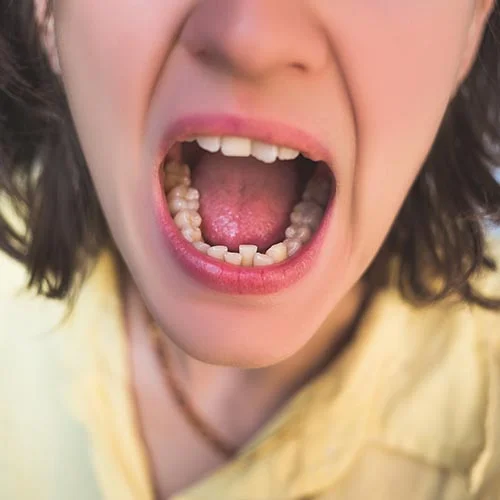
TEETH CROWDING
Crowded teeth can be caused by multiple factors such as jaw displacement, irregular tooth size, past dental trauma, and a cleft lip or palate. If left unaddressed, crowded teeth can cause several issues, including premature tooth wear, gum disease, and jaw and joint pain and damage.
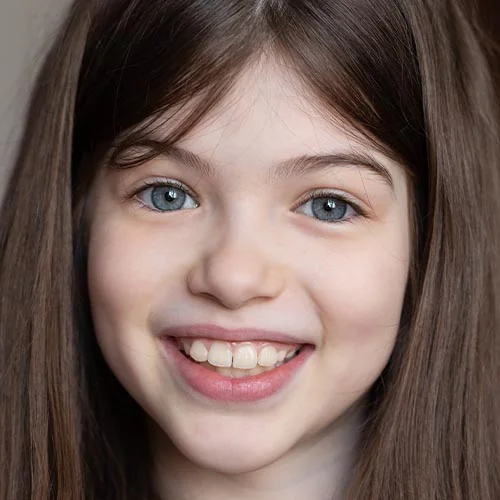
OPEN BITE
The way your teeth and meet together is known as an occlusion. When this ideal isn’t met, it is called a malocclusion. An open bite is when the upper and lower front teeth do not come together when the mouth is closed. This affects both the appearance of your smile and can also cause difficulty speaking.
No matter your age, everyone deserves a great smile! Adults can take advantage of clear aligners and less noticeable braces from Dr. Hutta & Dr. Price.
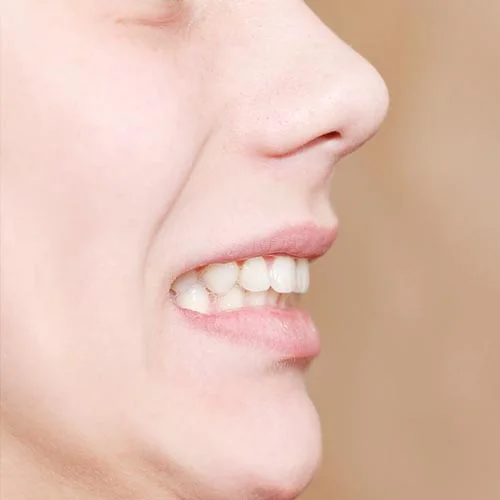
DEEPBITE
A deep overbite is also an example of a malocclusion. When the top teeth overlap vertically with the bottom teeth, it is known as a deepbite, and should be corrected. Many factors may contribute to a deepbite, such as a square jawline, over eruption of front teeth or wear of back teeth.
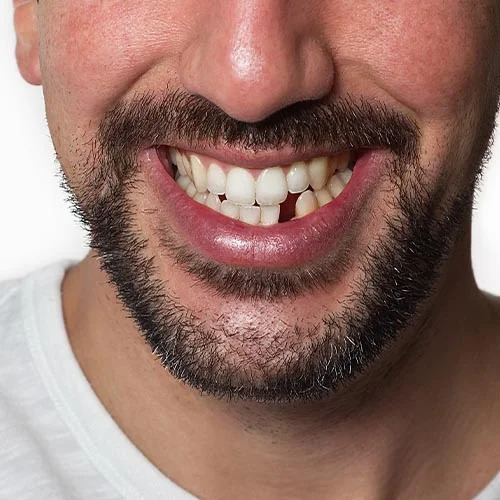
MISSING LATERAL INCISORS
Lateral incisors are one of the most common types of teeth to be missing. Lateral incisors are the teeth on each side of the two front teeth. Most congenitally missing teeth are due to a harmless trait passed down through families, but should be corrected due to potential dental problems that could affect the ability to chew and speak later on.
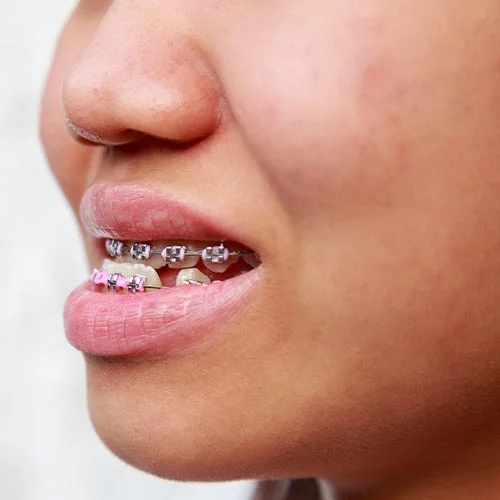
UNDERBITE
Another type of malocclusion, an underbite, is a condition where the lower teeth and jaw protrude in front of the upper teeth. Heredity plays a key role in the formation of an underbite, so parents can be proactive about their child’s orthodontic care by paying close attention to their children’s dental development.

SPACING OF TEETH
Formally known as a diastema, this refers to a space or gap between two teeth. This most often occurs between the two upper front teeth, though it can appear between any two teeth. These spaces can happen for a variety of reasons, but it’s vital to address a diastema as soon as possible so dental complications don’t occur.
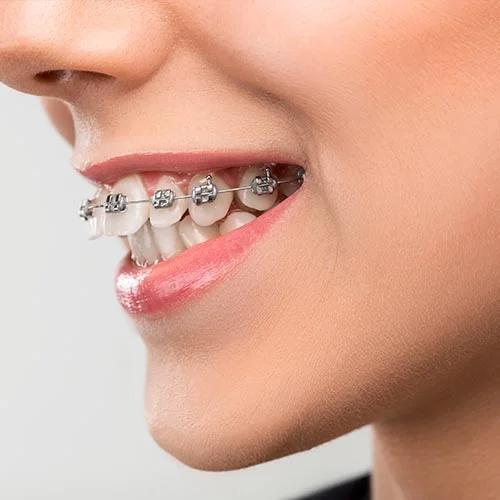
OVERJET
An overjet refers to the relation between the two parts of the jaw, which in the case of an overjet need to be encouraged to grow more harmoniously. An overjet can develop from excessive finger sucking in a child, the lower jaw being shorter or less developed than the upper jaw, and misuse of the tongue against the teeth.
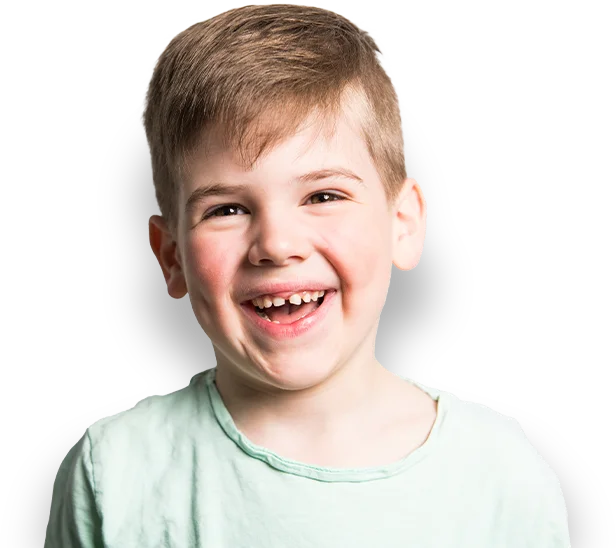
NON-BRACES TREATMENT
This is entirely dependent on the patient, because no two mouths are alike. In the case of this patient, he was a child when first seen for crowding of the lower permanent teeth. The procedure reduced the width of the baby teeth adjacent to the new permanent ones, and the permanent teeth aligned on their own in nine months.
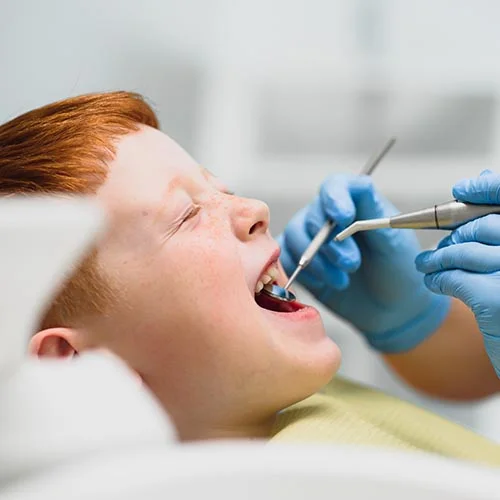
INTERCEPTIVE TREATMENT
Orthodontic treatment for children is known as interceptive treatment. It is recommended that children have their first orthodontist appointment around age seven, when there’s typically a good mix of baby and permanent teeth for the orthodontist to make a formal assessment.
The final verdict will depend on the child; in some cases, we may choose to monitor the child, but in others, it may be clear that an orthodontic treatment plan is necessary to correct teeth and/or jaws and prevent future orthodontic complications.
